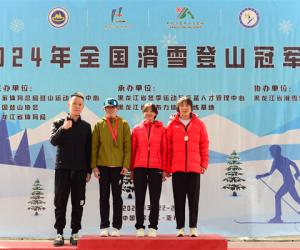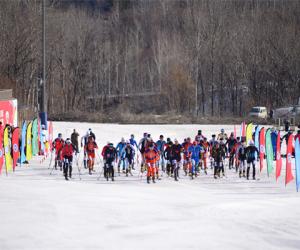During the Song Dynasty (960-1127) the Tea-Horse Road flourished and posts saw up to 2,000 traders per day. Annual volume of tea going to Lhasa and often beyond reached 7,500 tons, carried over the laborious 2,300 km trek from Xishuangbanna to the Lhasa. Each war horse fetched between 20 and 60 kgs of tea depending on quality and the going rate.
During the formalization of the process the Chinese authorities managed to incorporate the tributary system into the exchanges. Traders happily sent their best horses to shower honor on the Chinese emperors, as the leadership sent back treasures and tea worth many times more. Conversely, local Tibetan leaders received annual gifts of pu-erh that far exceeded their abilities to personally consume.
Things tailed off a bit during the Yuan Dynasty (1279-1368), but picked up again in the fifteenth century under the Ming Emperors (1368-1644). In this period business became extremely formalized and the government showed a high degree of control. The rulers re-established offices all along the path, strictly standardized prices, and explicitly forbade private trading outside of their rigid system. However, in 1735, the inward looking Qing leadership (1644-1911) decided to end the importation of horses, even as it continued to ship smaller quantities of tea to Tibet.
Although it saw some traffic during the Qing Dynasty and early twentieth century, today the Tea-Horse Road has generally been abandoned except for tourists and archaeologists.






